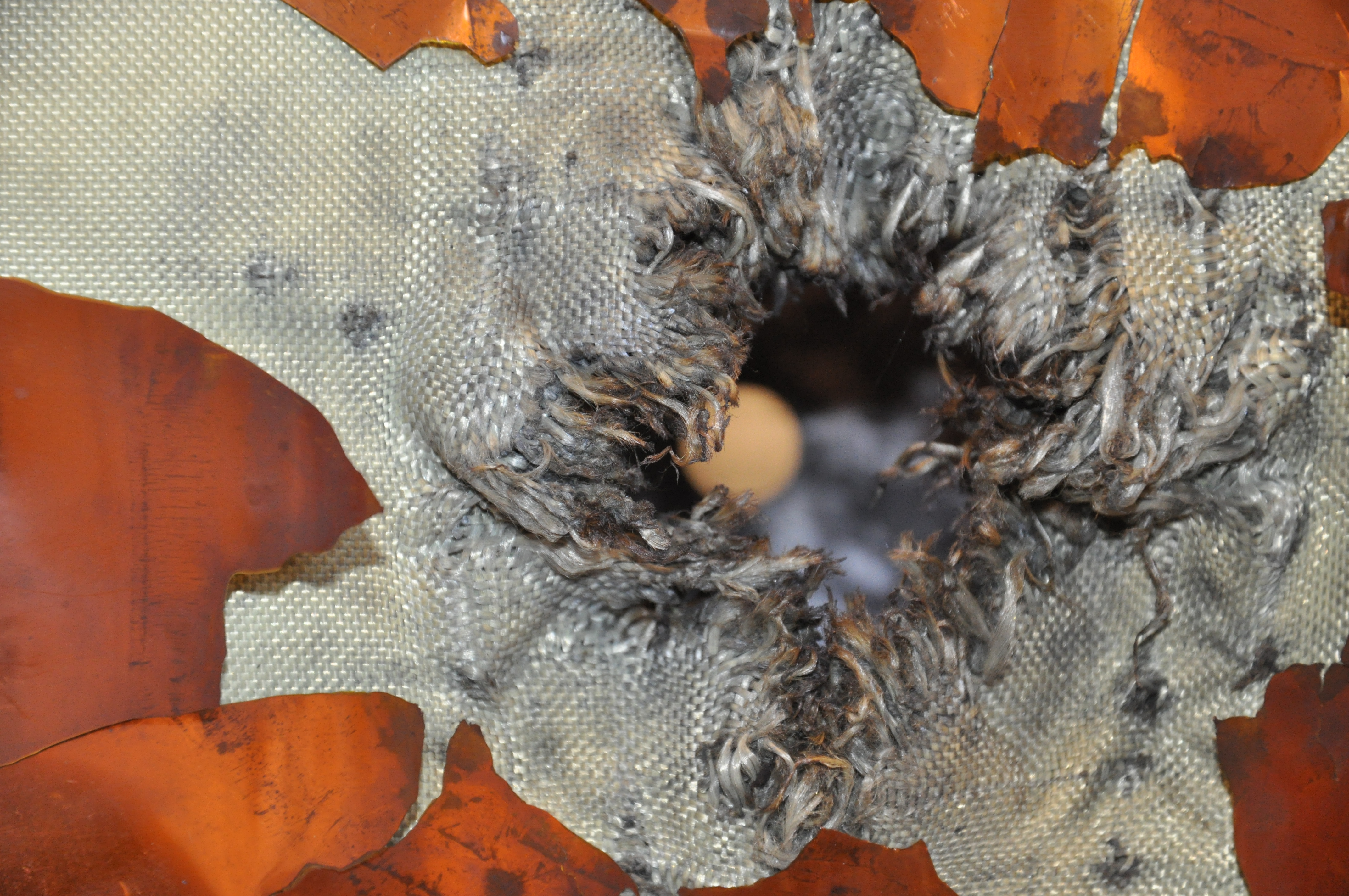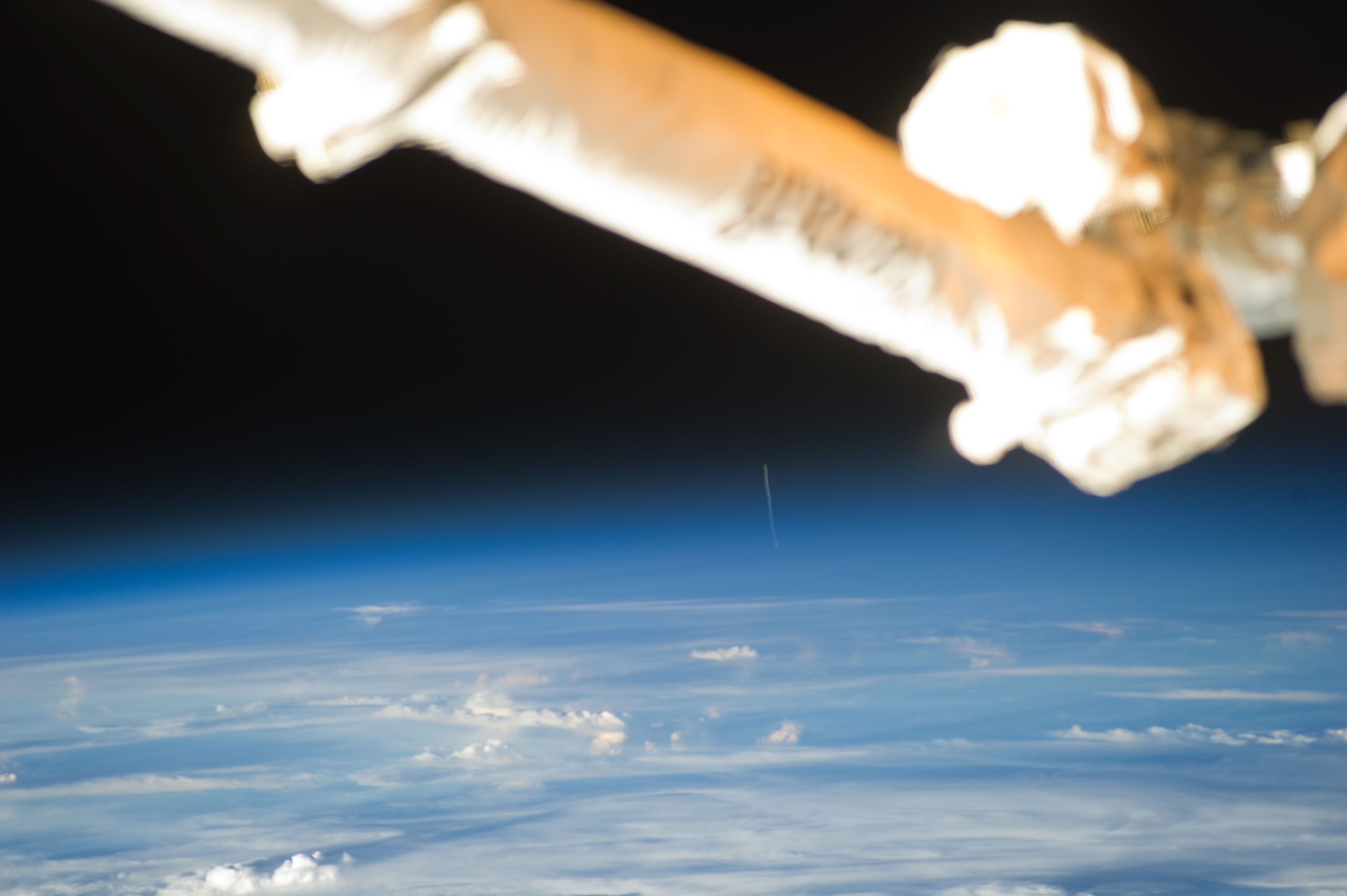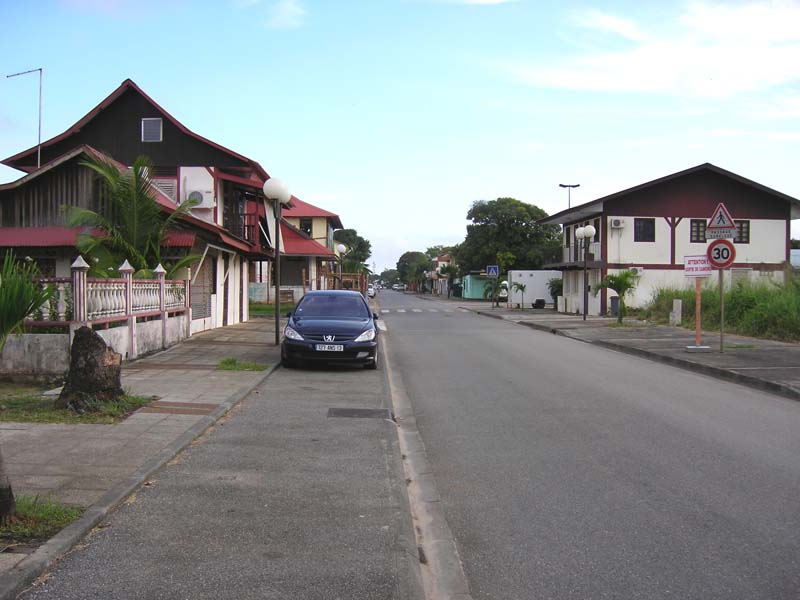|
ATV-3
The ''Edoardo Amaldi'' ATV, or Automated Transfer Vehicle 003 (ATV-003), was a European uncrewed cargo spacecraft, named after the 20th-century Italian physicist Edoardo Amaldi. The spacecraft was launched by the European Space Agency (ESA) on 23 March 2012, on a mission to supply the International Space Station (ISS) with propellant, water, oxygen, and dry cargo. ''Edoardo Amaldi'' was the third ATV to be built, following ''Jules Verne'' (2008) and ''Johannes Kepler'' (2011). At the time of its launch, it was the world's largest single operational spacecraft, with a total launch mass of over . The ATV completed its mission successfully, and was deorbited on 3 October 2012, burning up in the Earth's atmosphere as planned. Mission payload : ''Source: ESA''"Information Kit: ATV Edoardo Amaldi ... [...More Info...] [...Related Items...] OR: [Wikipedia] [Google] [Baidu] |
Zvezda (ISS Module)
''Zvezda'' (russian: Звезда, meaning "star"), ''Salyut'' DOS-8, also known as the ''Zvezda'' Service Module, is a module of the International Space Station (ISS). It was the third module launched to the station, and provided all of the station's life support systems, some of which are supplemented in the US Orbital Segment (USOS), as well as living quarters for two crew members. It is the structural and functional center of the Russian Orbital Segment (ROS), which is the Russian part of the ISS. Crew assemble here to deal with emergencies on the station. The module was manufactured in the USSR by RKK Energia, with major sub-contracting work by GKNPTs Khrunichev. ''Zvezda'' was launched on a Proton launch vehicle on 12 July 2000, and docked with the '' Zarya'' module on 26 July 2000. Origins The basic structural frame of ''Zvezda'', known as "DOS-8", was initially built in the mid-1980s to be the core of the '' Mir-2'' space station. This means that ''Zvezda' ... [...More Info...] [...Related Items...] OR: [Wikipedia] [Google] [Baidu] |
Automated Transfer Vehicle
The Automated Transfer Vehicle, originally Ariane Transfer Vehicle or ATV, was an expendable automated cargo spacecraft, cargo spacecraft developed by the European Space Agency (ESA), used for space cargo transport in 2008–2015. The ATV design was launched to orbit five times, exclusively by the Ariane 5 heavy-lift launch vehicle. It effectively was a larger European counterpart to the Russian Progress (spacecraft), Progress cargo spacecraft for carrying upmass to a single destination—the International Space Station (ISS)—but with three times the capacity. The five ATVs were named after important European figures in science and engineering: ''Jules Verne ATV, Jules Verne'', ''Johannes Kepler ATV, Johannes Kepler'', ''Edoardo Amaldi ATV, Edoardo Amaldi'', ''Albert Einstein ATV, Albert Einstein'', and ''Georges Lemaître ATV, Georges Lemaître''. Following several delays to the program, the first of these was launched in March 2008. These ATVs performed supply missions to t ... [...More Info...] [...Related Items...] OR: [Wikipedia] [Google] [Baidu] |
Uncrewed Spaceflights To The International Space Station
Uncrewed spaceflights to the International Space Station (ISS) are made primarily to deliver cargo, however several Russian modules have also docked to the outpost following uncrewed launches. Resupply missions typically use the Russian Progress spacecraft, European Automated Transfer Vehicles, Japanese Kounotori vehicles, and the American Dragon and Cygnus spacecraft. The primary docking system for Progress spacecraft is the automated Kurs system, with the manual TORU system as a backup. ATVs also use Kurs, however they are not equipped with TORU. Progress and ATV can remain docked for up to six months. The other spacecraft — the Japanese HTV, the SpaceX Dragon (under CRS phase 1) and the Northrop Grumman Cygnus — rendezvous with the station before being grappled using Canadarm2 and berthed at the nadir port of the Harmony or Unity module for one to two months. Under CRS phase 2, Cargo Dragon will dock autonomously at IDA-2 or 3 as the case may be. As of December 2022, ... [...More Info...] [...Related Items...] OR: [Wikipedia] [Google] [Baidu] |
ELA-3
ELA-3 (french: Ensemble de Lancement Ariane 3, lit=Ariane Launch Complex 3), is a launch pad and associated facilities at the Centre Spatial Guyanais in French Guiana. ELA-3 is operated by Arianespace as part of the expendable launch system for Ariane 5 Ariane 5 is a European heavy-lift space launch vehicle developed and operated by Arianespace for the European Space Agency (ESA). It is launched from the Centre Spatial Guyanais (CSG) in French Guiana. It has been used to deliver payloads in ... launch vehicles. , 114 launches have been carried out from it, the first of which occurred on 4 June 1996. ELA-3 is 21 square kilometres in size. Launch history Scheduled flights References {{Ariane Guiana Space Centre ... [...More Info...] [...Related Items...] OR: [Wikipedia] [Google] [Baidu] |
ATV-4
The ''Albert Einstein'' ATV, or Automated Transfer Vehicle 004 (ATV-004), was a European uncrewed cargo resupply spacecraft, named after the German-born physicist Albert Einstein. It was built to supply the International Space Station (ISS) with propellant, water, air, and dry cargo, and also to reboost the station's altitude with its thrusters. It was the fourth and penultimate ATV to be built, following the ''Edoardo Amaldi'', which was launched in March 2012. ''Albert Einstein'''s components were constructed in Turin, Italy, and Bremen, Germany, and underwent final assembly and testing in Bremen in 2012. The spacecraft left Bremen for Kourou on 31 August 2012 to begin launch preparations. ''Albert Einstein'' was launched on an Ariane 5ES rocket from the Guiana Space Centre in Kourou, French Guiana at 21:52:11 UTC on 5 June 2013. The launch was conducted by Arianespace on behalf of the European Space Agency (ESA). At the time of its launch, ''Albert Einstein'' was t ... [...More Info...] [...Related Items...] OR: [Wikipedia] [Google] [Baidu] |
ATV-2
The ''Johannes Kepler'' ATV, or Automated Transfer Vehicle 002 (ATV-002), was an uncrewed cargo spacecraft built to resupply the International Space Station (ISS). It was launched on February 16, 2011 by the European Space Agency (ESA). ''Johannes Kepler'' carried propellant, air and dry cargo weighing over , and had a total mass of over , making it, at the time, the heaviest payload launched by the ESA. The spacecraft was named after the 17th-century German astronomer Johannes Kepler. ''Johannes Kepler'' was the second ATV cargo resupply vehicle to be launched, following the ''Jules Verne'' mission of 2008. ''Johannes Kepler'' carried around five tons more cargo than Russia's Progress-M resupply spacecraft, and about 1.5 tons more than the Japanese HTV. The ATV used of fuel to boost the ISS's altitude from 350 to 400 km. Many of the supplies aboard the ATV were used for the Space Shuttle mission STS-133 and the ISS Expedition 26. A Reentry Breakup Recorder was placed ab ... [...More Info...] [...Related Items...] OR: [Wikipedia] [Google] [Baidu] |
Kourou
Kourou () is a commune in French Guiana, an overseas region and department of France in South America. Kourou is famous for being the location of the Guiana Space Centre, the main spaceport of France and the European Space Agency (ESA). It is an administrative district in French Guiana and the main town there. Geography Some northwest of the French Guianese capital Cayenne the Kourou River empties into the Atlantic Ocean. At the mouth of this river sits the town of Kourou, which is ringed by four hills: Carapa, Pariacabo, Café and Lombard, with the Singes and Condamine mountains not far behind. There are three lakes within the town's city limits: Lake Bois Diable (where one can take lessons in jetski and other aquatic sports), Lake Marie-Claire (the smallest and calmest), and Lake Bois Chaudat (the biggest of the three; also open to sport lovers, especially canoers and kayakers). Long white sand beaches and some rocky outcrops line the town's ocean coast, the riverban ... [...More Info...] [...Related Items...] OR: [Wikipedia] [Google] [Baidu] |
European Space Agency
, owners = , headquarters = Paris, Île-de-France, France , coordinates = , spaceport = Guiana Space Centre , seal = File:ESA emblem seal.png , seal_size = 130px , image = Views in the Main Control Room (12052189474).jpg , size = , caption = , acronym = , established = , employees = 2,200 , administrator = Director General Josef Aschbacher , budget = €7.2 billion (2022) , language = English and French (working languages) , website = , logo = European Space Agency logo.svg , logo_caption = Logo , image_caption = European Space Operations Centre (ESOC) Main Control Room The European Space Agency (ESA; french: Agence spatiale européenne , it, Agenzia Spaziale Europea, es, Agencia Espacial Europea ASE; german: Europäische Weltraumorganisation) is an intergovernmental organisation of 22 member states dedicated to the exploration of space. Established in 1975 and headquartered ... [...More Info...] [...Related Items...] OR: [Wikipedia] [Google] [Baidu] |
French Guiana
French Guiana ( or ; french: link=no, Guyane ; gcr, label=French Guianese Creole, Lagwiyann ) is an overseas departments and regions of France, overseas department/region and single territorial collectivity of France on the northern Atlantic Ocean, Atlantic coast of South America in the Guianas. It borders Brazil to the east and south and Suriname to the west. With a land area of , French Guiana is the second-largest Regions of France, region of France (more than one-seventh the size of Metropolitan France) and the largest Special member state territories and the European Union, outermost region within the European Union. It has a very low population density, with only . (Its population is less than that of Metropolitan France.) Half of its 294,436 inhabitants in 2022 lived in the metropolitan area of Cayenne, its Prefectures in France, capital. 98.9% of the land territory of French Guiana is covered by forests, a large part of which is Old-growth forest, primeval Tropical r ... [...More Info...] [...Related Items...] OR: [Wikipedia] [Google] [Baidu] |







